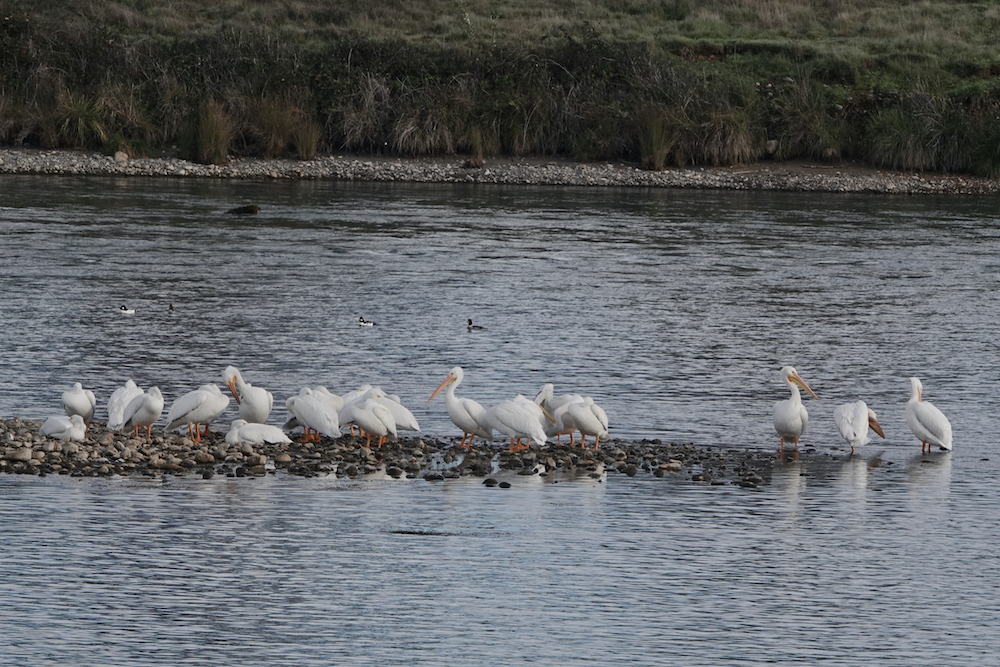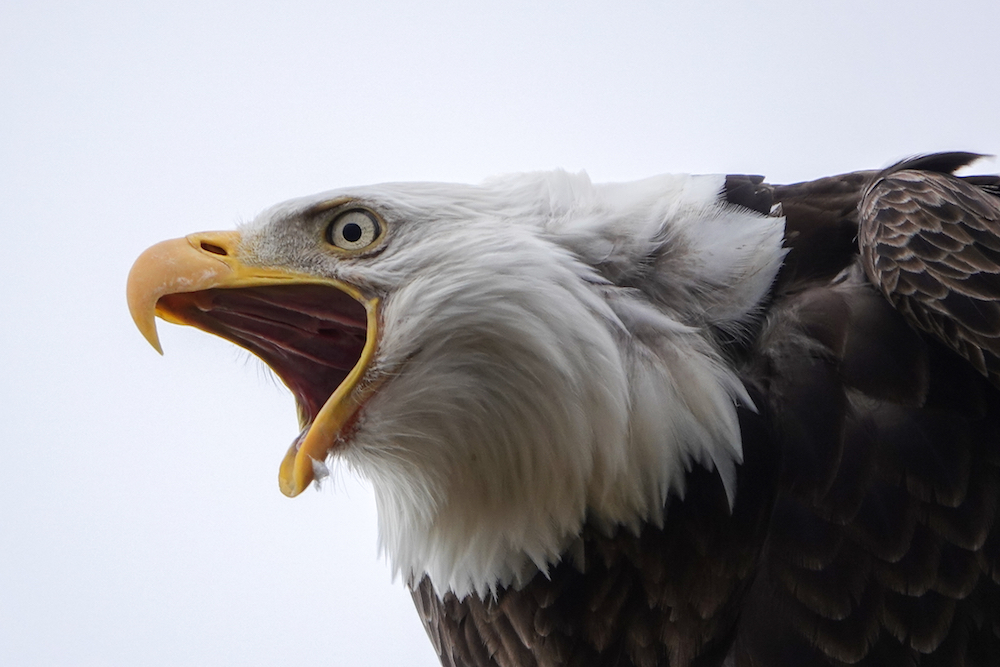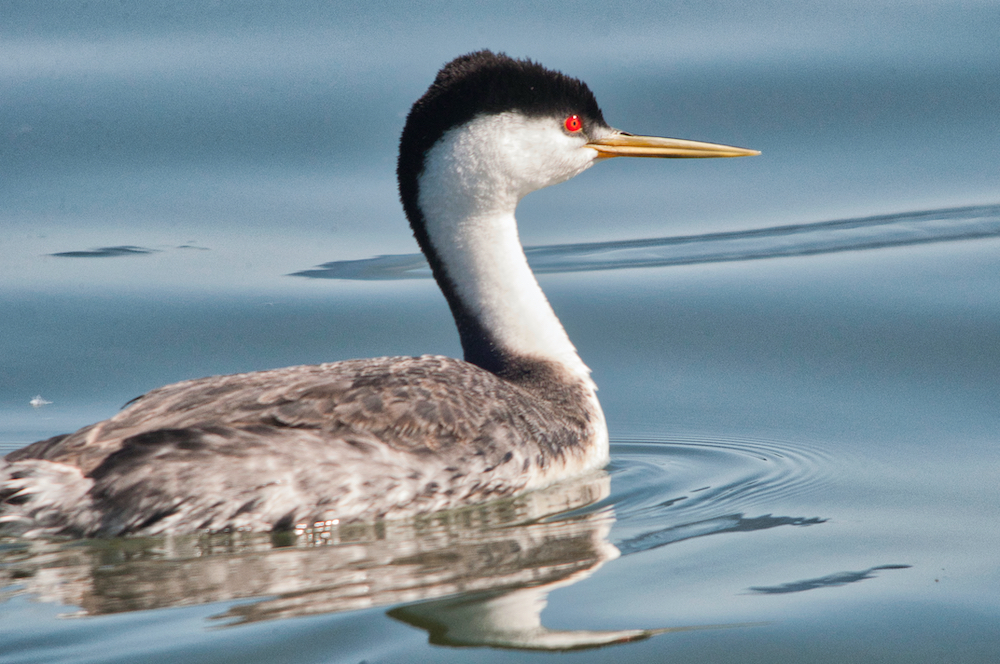
Join us at the City of Redding Clear Creek Wastewater Treatment Plant on Metz Road off of Hwy 273 for a sunrise stroll around the ponds and Sacramento River. We will be looking for wintering waterfowl/waders as well as riparian and oak woodland passerines. Dress for chilly and windy weather on a 2-hour flat terrain hike, bring water and snacks. Rain cancels the trip.



